Fiat 500 Hybrid review
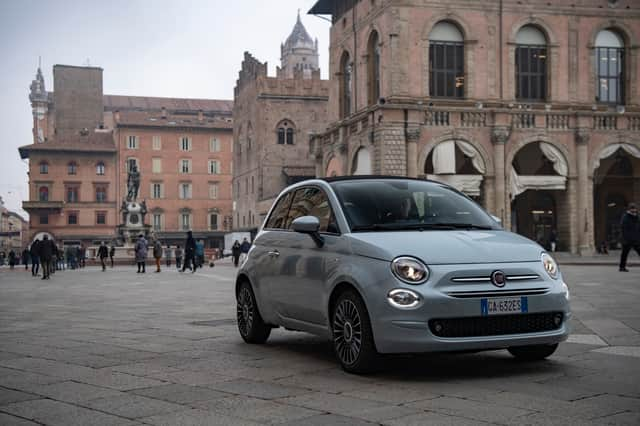

Fiat is a brand on a mission.
It’s not just out to sell people cars, it’s on a drive to democratise future, greener technology.
Stick with me on this. The Italian car maker argues that city cars, including its 500 and Panda, are the most affordable new models and that mild hybrid technology is the most affordable way into the electrification of the car.
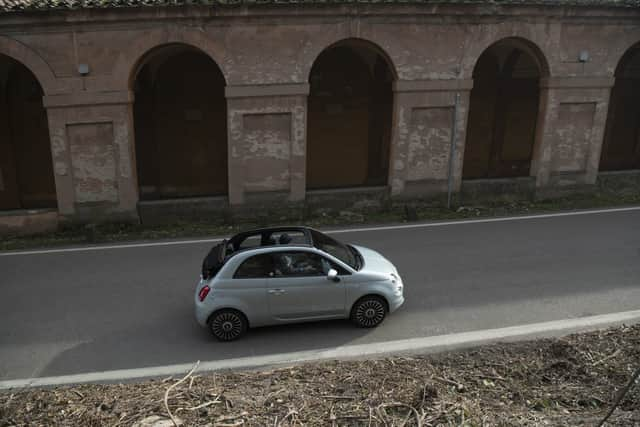

Advertisement
Hide AdAdvertisement
Hide AdSo by fitting a hybrid system to the 500, it claims to be creating an accessible electrified “technology for everyone”.
The 500’s always been one of the more expensive city cars, thanks to chic styling that’s helped it appeal to the fashion-conscious set, but starting at £12,655, the Fiat 500 Hybrid isn’t prohibitively expensive. A regular petrol VW Up is only £200 cheaper and the hybrid 500 is only £500 more than the regular petrol 500.
The Fiat 500 in its natural habitat (Photo: Fiat)
The hybrid system uses one of the new Firefly engine family. In this case, a naturally aspirated 1.0-litre three-cylinder petrol with the addition of a 3.6kW electric starter generator which harvests energy from braking and coasting, stores it in a lithium-ion battery then feeds it back into the driveline. Like all mild hybrids, it won’t run the car on electric power but does offer additional torque. This means the engine doesn’t have to work so hard, improving economy (by a couple of miles per gallon) and reducing emissions - by 19 per cent. It also means 25 per cent more torque under certain conditions.
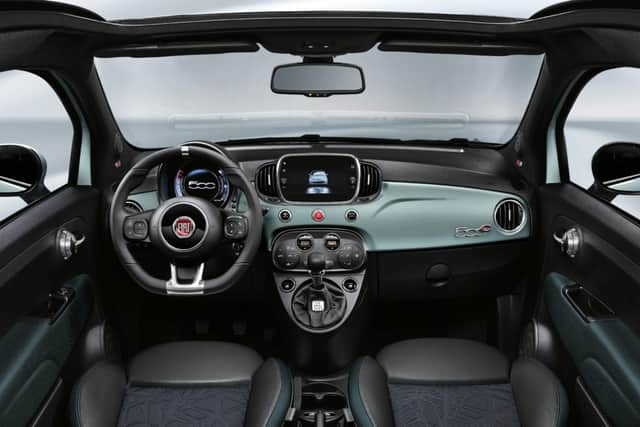

Fiat 500C Hybrid Launch Edition
Price: £16,795Engine: 1.0-litre, three-cylinder, petrol with 3.6kW ISGPower: 69bhpTorque: 68lb/ftTransmission: Six-speed manualTop speed: 104mph0-62mph: 13.8 secondsEconomy: 53.3mpgCO2 emissions: 88g/km (NEDC corr)
Advertisement
Hide AdAdvertisement
Hide AdIt doesn’t mean more power though. The hybrid’s 69bhp is a mere 1bhp more than the outgoing 1.2 car’s output. It also doesn’t mean electrifying pace, the 500 still takes a glacial 14 seconds to hit 62mph.
That said, in heavy city traffic it felt responsive enough to nip through gaps and keep up with the urban cut and thrust. And mixing it with the city centre madness reminds you what a great city car the 500 is. It’s compact, nimble, has light steering, decent visibility and rides surprisingly well for such a small car with a tiny wheelbase. It feels 100 per cent at home weaving through Bologna’s avenues and alleyways but out on the open road it’s not quite so confident, where it feels lacking in pace and a little unsteady.
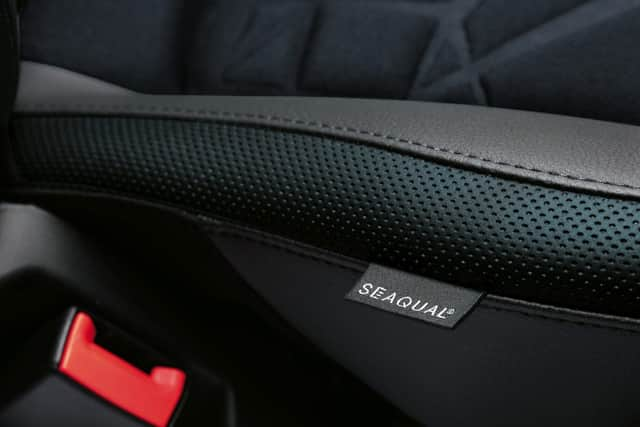

Apart from the new drivetrain there’s not much new about the 500. When it hit the market in 2007 it absolutely nailed the cutesy retro look and even 13 years on it is still as cheeky and lovable as ever. It’s now reached a stage where its shape is almost as iconic as the original 500’s. The smiling “face”, tiny overhangs and retro alloys look just at home in Bearsden as Bologna and the interior with its metal dashboard and big simple dials still looks fresh.
The 500's styling is still fresh and fun (Photo: Fiat)
Probably the biggest change inside is the Seaqaul Yarn upholstery, which comes on top-spec Launch Edition models and is aimed at ramping up the 500’s eco credentials another notch. The clever fabric is made with reclaimed plastic, including at least 10 per cent recovered from the sea.
Advertisement
Hide AdAdvertisement
Hide AdFiat says that every car includes 1.5kg of reclaimed marine waste, and that by selling 100,000 cars with Seaqaul seats it will have helped clear an area of ocean the size of Wales.
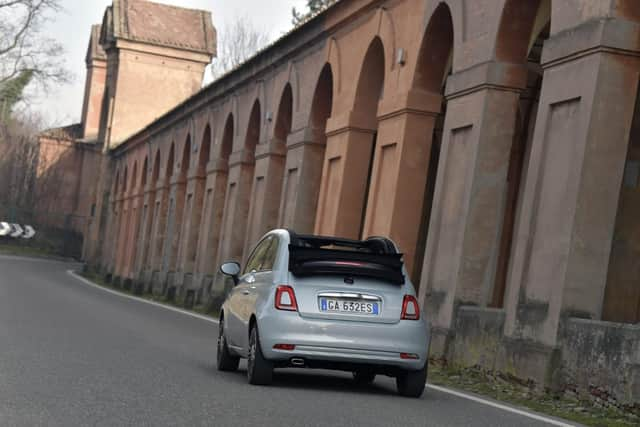

Away from the fancy seats, the £16,795 500C Launch Edition test car also gets an attractive new Dew Green paint, 16-inch alloys, satin chrome details, an electrically operated fabric roof and seven-inch touchscreen with Apple CarPlay and Android Auto. Disappointingly, DAB radio, navigation and rear parking sensors are still only optional extras.
Seaqaul Yarn seats are upholstered with fabric made from plastic recovered from landfill and marine waste (Photo: Fiat)
Below that are four more trim levels - from entry Pop at £12,665 to the £16,065 Rockstar, with fewer of the bells and whistles.
Advertisement
Hide AdAdvertisement
Hide AdFiat reckons that thanks to fuel and tax savings, its hybrid city cars could save a London motorist covering 10,000km a year around £350 a year. So within two years it’s more than covered the higher purchase price and reduced your carbon footprint.
Bizarrely, it’s only six months until a brand-new, all-electric 500 arrives but in the meantime the 500 remains a fun, funky and utterly unique city car and the hybrid offers potentially cheaper and cleaner running for those dipping a toe in electrification.
(Photo: Fiat)
This article first appeared on The Scotsman